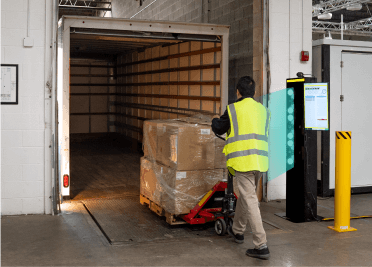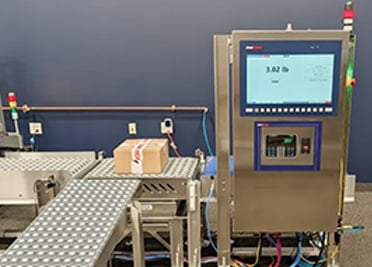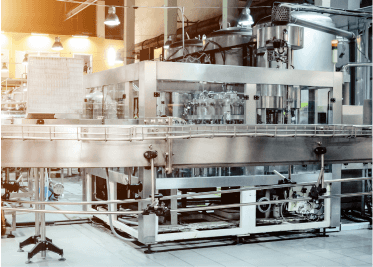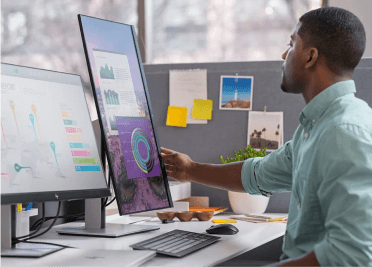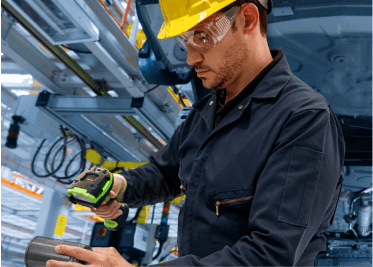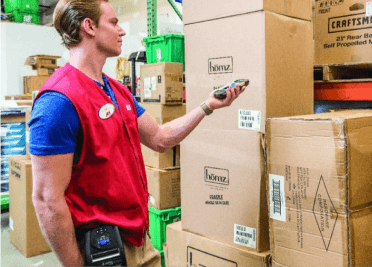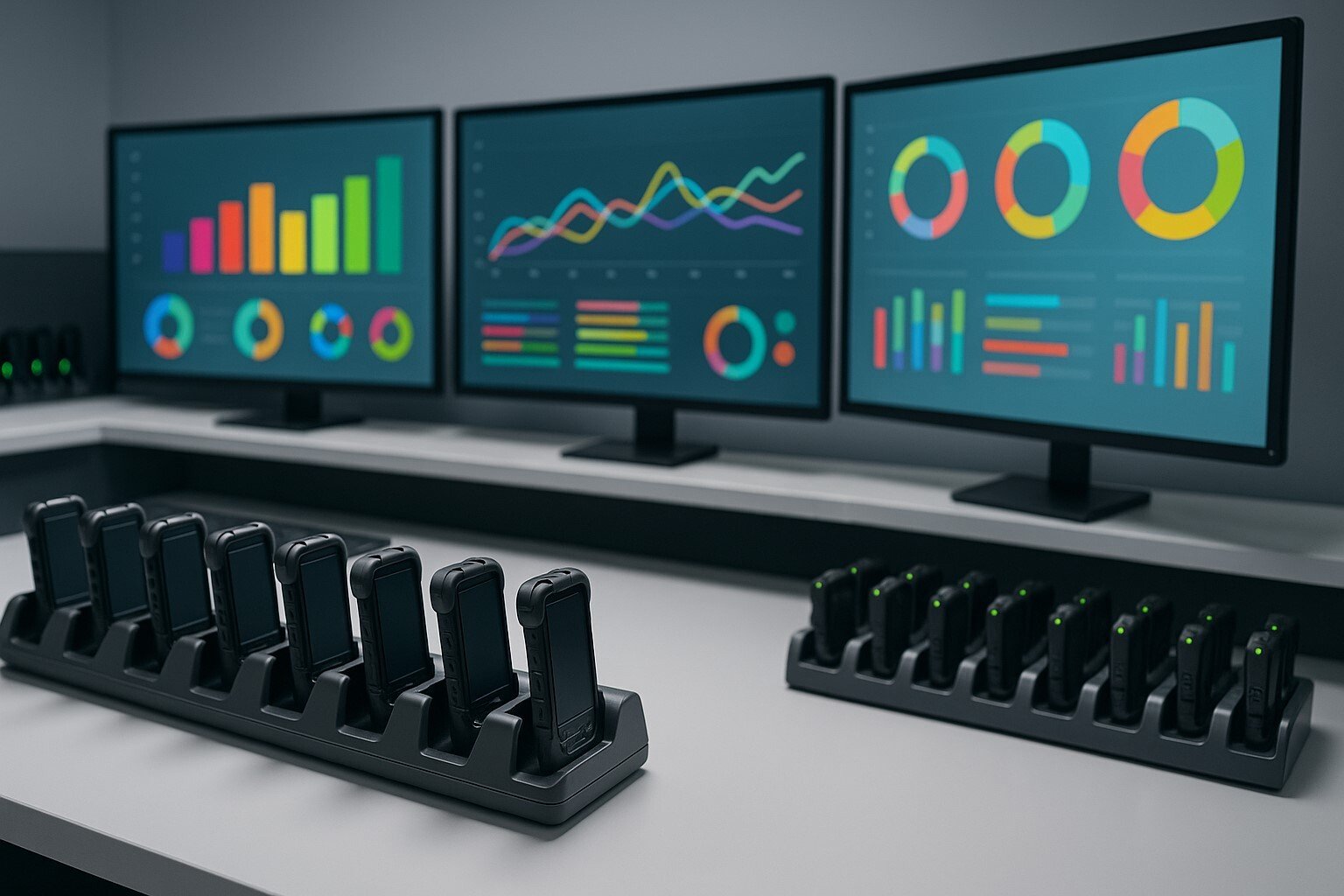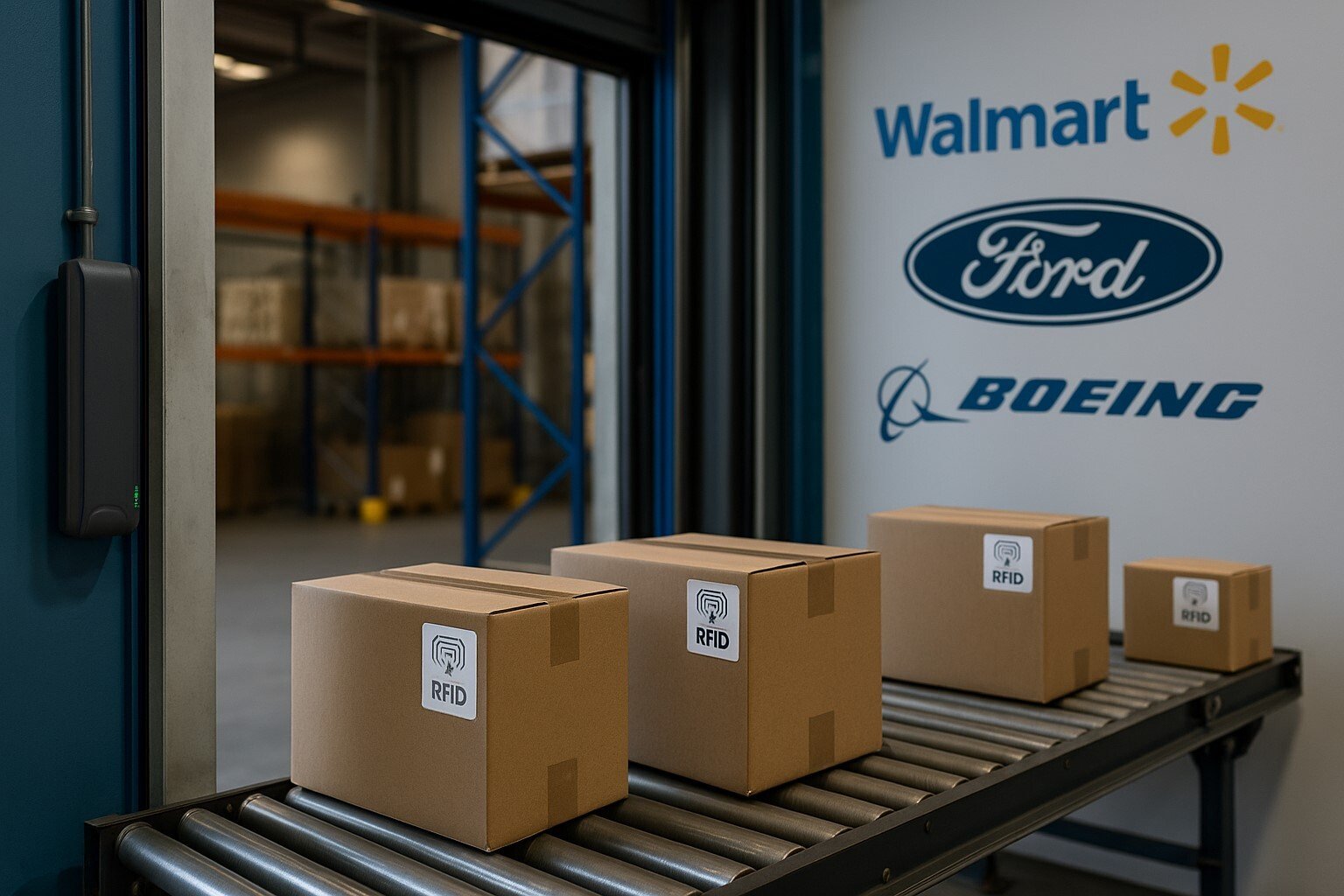The history of 1D scanning begins in the late 1940’s when Barnard Silver, a graduate student at Drexel Institute of Technology in Philadelphia overheard the president of the local food chain, Food Fair, asking one of the deans to research a system to automatically read product information during checkout. The young Barnard thought “I can do that!”, so he immediately set out to find a way to make that technology happen.
At first he tried special ultraviolet ink, but it dried up too quickly and was rather expensive. Then, while on the beach, he hit upon a great idea. He would use morse code as the basis for reading information, by putting a series of dots and dashes in sequence. Later, he and his friend Norman Joseph Woodland refined this into a circular “bullseye” tag that could be used to convey data about a product, but it required scanning technology that simply didn’t exist yet. The patents to his system were bought and sold by a variety of companies before being shelved by RCA for several years.
At the same time, a man named David Collins was working at GTE Sylvania. He had worked out a system of identifying train cars called KarTrak using blue and red reflective stripes attached to the side of the cars, encoding a six-digit company identifier and a four-digit car number. When Sylvania showed no interest in expanding this technology to other industries, Collins formed his own company, Computer Identics Corporation, in order to pursue further uses of this identification technology. Working with a General Motors plant in Flint, Michigan, he developed the first helium-neon lasers, which allowed for quick and accurate reading of scannable materials.
It wasn’t until the mid-1970’s that Collins’ and Woodlands’ technologies would come together. When the National Association of Food Chains put out a call for companies to create an automated checkout technology. This led to IBM joining the race for a product code that could work for a large number of items in a variety of environments. Woodland, who was now working at IBM, developed a new code based on his original bullseye design. When it proved to have issues during printing which made it unreadable, they created a new one consisting of just lines, which made it so that it could be read by scanners even when part of the ink had been smeared. Thus the very first Universal Product Code (UPC) was born.
Today, go into any store around the world and most, if not all, products you find within will have a UPC bar code somewhere on the packaging. This lets retailers, distributors, manufacturers and those in the transport industry know exactly where their products are, how many there are, where they are going and when it’s time to increase or decrease inventory, minimize product loss and a dozen other data points.
So, why do you need 1D scanning technology? Because it saved companies millions by helping them track customer needs, lower the costs associated with hand counting products and make decisions based on consumer trends. Even with newer 2D and other scanning technologies hitting the market, billions of products each day are still branded with the 1D UPC bar codes. It’s easy, efficient, cheap to implement and well known the world over.
If your company needs rugged, reliable 1D scanners, whether you’re the retail outlet selling the products, the distribution center they came from or the manufacturer who put them together, AbeTech can help you find the 1D scanner to fit your needs. Check out some of the industry leading 1D scanners that we carry. Contact us today to find the right one for your company!
